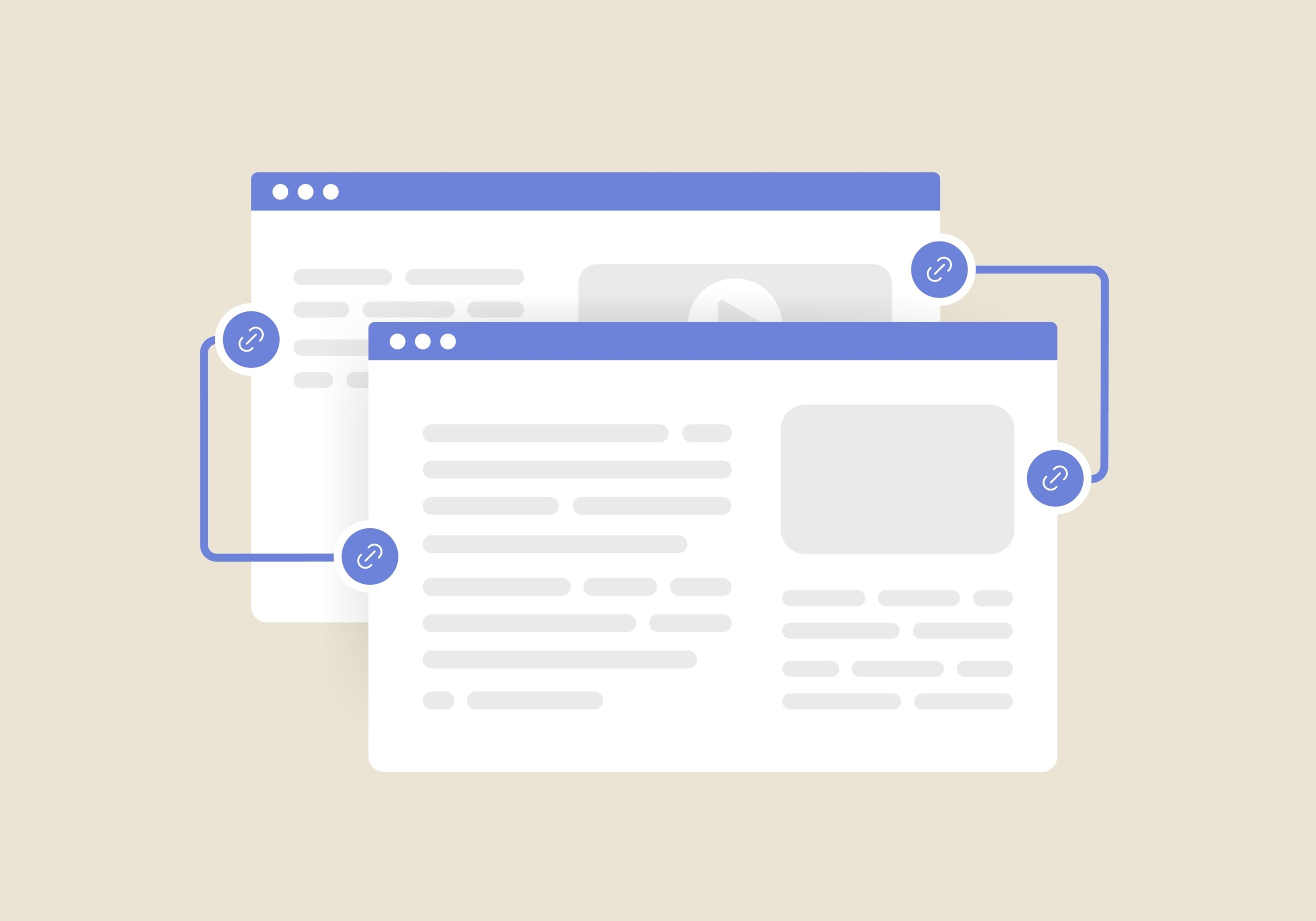As a blogger, you’re likely familiar with the concept of links. After all, hyperlinks are the backbone of the web, connecting the vast digital landscape into a cohesive whole. But not all links are created equal, and understanding the difference between do-follow and no-follow links can significantly impact your blog’s SEO and overall success. In this guide, we’ll dive deep into the world of no-follow links, unraveling what they are, why they matter, and how you can use them to your advantage.
What Are No-Follow Links?
Let’s start with the basics. A no-follow link is a type of hyperlink that tells search engines not to pass any SEO value, or “link juice,” from one site to another. In simpler terms, when a website links to another site using a no-follow link, it’s instructing search engines like Google to ignore the link for ranking purposes.
This attribute is added to a link using the rel="nofollow" tag within the HTML code. Here’s what it looks like:
<a href="https://example.com" rel="nofollow">Example Website</a>When a search engine crawls this link, it sees the no-follow tag and understands that it shouldn’t consider this link as a vote of confidence for the destination site. This is the key difference between no-follow and do-follow links.
The History of No-Follow Links
To truly understand no-follow links, it’s helpful to know why they were introduced in the first place. Back in the early days of SEO, the number of backlinks a site had was a major factor in determining its rank on search engine results pages (SERPs). This led to a widespread practice known as “link spamming,” where unscrupulous webmasters would flood comment sections, forums, and guestbooks with links back to their sites to artificially inflate their rankings.
To combat this, Google introduced the no-follow attribute in 2005. The idea was to give webmasters a way to link to other sites without endorsing them in the eyes of search engines. Initially, no-follow links were primarily used for user-generated content, like comments and forum posts, where the webmaster couldn’t vouch for the quality or relevance of the linked content.
The SEO Impact of No-Follow Links
One of the most common questions bloggers ask is whether no-follow links have any impact on SEO. The answer is a bit more nuanced than a simple yes or no.
1. No Link Juice:
As mentioned earlier, no-follow links don’t pass link juice. This means they don’t contribute directly to improving the target site’s ranking on search engines. However, this doesn’t mean no-follow links are useless—far from it.
2. Diversifying Your Link Profile:
A healthy backlink profile includes a mix of do-follow and no-follow links. If your blog only has do-follow links, it might raise red flags to search engines, as it could indicate manipulative link-building practices. No-follow links add a layer of natural diversity to your link profile, making it appear more organic.
3. Referral Traffic:
No-follow links can still drive traffic to your blog. For example, if a popular blog links to one of your posts using a no-follow link, their readers might click through to your site, bringing valuable referral traffic. While this traffic won’t boost your SEO directly, it can lead to more engagement, social shares, and even conversions.
4. Building Relationships:
Often, no-follow links are a starting point for building relationships with other bloggers, brands, or influencers. Over time, these relationships can lead to do-follow links, collaborations, or other opportunities that can benefit your blog’s growth.
5. Indirect SEO Benefits:
While no-follow links don’t pass link juice, they can still have an indirect impact on your SEO. For example, if a no-follow link from a high-authority site drives a significant amount of traffic to your blog, search engines may take notice of the increased activity and engagement, which could positively influence your rankings.
When Should You Use No-Follow Links?
As a blogger, you should understand when to use no-follow links on your site. Here are some common scenarios where no-follow links are recommended:
1. Paid Links and Sponsored Content:
If you’ve been paid to include a link in your content, or if it’s part of a sponsored post, it’s best practice (and required by Google) to use a no-follow link. This ensures transparency and prevents your blog from being penalized for participating in paid link schemes.
2. Affiliate Links:
Similarly, affiliate links should generally be no-followed. This prevents your blog from being seen as attempting to manipulate rankings through paid endorsements.
3. Untrusted Content:
If you’re linking to a site but can’t vouch for its quality, relevance, or safety, consider using a no-follow link. This often applies to user-generated content, such as comments or forum posts, where you don’t have control over the links being shared.
4. Non-Essential Links:
Sometimes, you might want to link to a site for the benefit of your readers, but the link isn’t essential to your content. In these cases, using a no-follow link ensures that you’re not passing link juice unnecessarily.
How to Check if a Link is No-Follow
If you’re curious about whether a link on a website (including your own) is a no-follow link, it’s easy to check. Here’s how:
1. Using Browser Developer Tools:
- Right-click on the link and select “Inspect” or “Inspect Element.”
- A panel will open, displaying the HTML code for the page.
- Look for the
rel="nofollow"attribute within the link’s code.
2. Using SEO Tools:
Many SEO tools and browser extensions, such as MozBar, Ahrefs, and SEMrush, can highlight no-follow links on a webpage, making them easy to identify at a glance.
The Evolution of No-Follow: User-Generated Content and Beyond
In recent years, Google’s approach to no-follow links has evolved. In 2019, Google announced that no-follow would be treated as a “hint” rather than a directive. This means that while Google may still choose to ignore no-follow links for ranking purposes, it also reserves the right to consider them if they provide valuable context.
Additionally, Google introduced two new attributes: rel="sponsored" for paid links and rel="ugc" for user-generated content. These new tags provide more granular control over how you categorize links on your site, further enhancing your SEO strategy.
Common Misconceptions About No-Follow Links
1. “No-Follow Links Are Worthless”:
This is perhaps the most pervasive myth. While no-follow links don’t pass link juice, they can still drive traffic, enhance your link profile, and contribute to your blog’s overall authority and visibility.
2. “All External Links Should Be No-Follow”:
This is an overly cautious approach that can hinder your blog’s SEO. Do-follow links are essential for building relationships and passing authority to other sites. Use no-follow links strategically, not excessively.
3. “No-Follow Links Can Hurt Your SEO”:
No-follow links themselves won’t harm your SEO. However, if your blog’s backlink profile consists primarily of no-follow links, it might signal to search engines that your site lacks valuable endorsements from other reputable sites. Balance is key.
How to Get High-Quality No-Follow Links
Now that you understand the value of no-follow links, you might be wondering how to attract them to your blog. Here are some effective strategies:
1. Guest Blogging:
Writing guest posts for other blogs is a great way to earn no-follow links. Even if the host blog uses no-follow links, the exposure and referral traffic can be incredibly valuable.
2. Commenting on Blogs and Forums:
Engage with other blogs and online communities related to your niche. Leaving thoughtful comments and participating in discussions can earn you no-follow links while building relationships with other bloggers.
3. Social Media:
Links from social media platforms like Facebook, Twitter, and Instagram are typically no-follow. However, they can drive significant traffic to your blog and increase its visibility.
4. Contributing to Q&A Sites:
Sites like Quora and Stack Exchange often use no-follow links, but they can still drive targeted traffic to your blog and establish you as an authority in your niche.
Conclusion: No-Follow Links and the Bigger SEO Picture
No-follow links might not directly boost your SEO in the same way do-follow links do, but they play a crucial role in a well-rounded, natural backlink profile. Understanding when and how to use no-follow links can help you avoid penalties, build valuable relationships, and drive traffic to your blog.
As with many aspects of SEO, the key to success with no-follow links is balance. By strategically incorporating both do-follow and no-follow links into your blogging strategy, you can maximize your blog’s potential for growth and visibility in the ever-competitive online landscape.
So, the next time you see a no-follow link or consider adding one to your content, remember—they’re not just a footnote in the world of SEO. They’re an essential tool in your blogging arsenal, helping you navigate the complex web of search engine algorithms, relationships, and content promotion.
With this guide in hand, you’re now well-equipped to make informed decisions about no-follow links and take your blogging strategy to the next level. Happy blogging!




